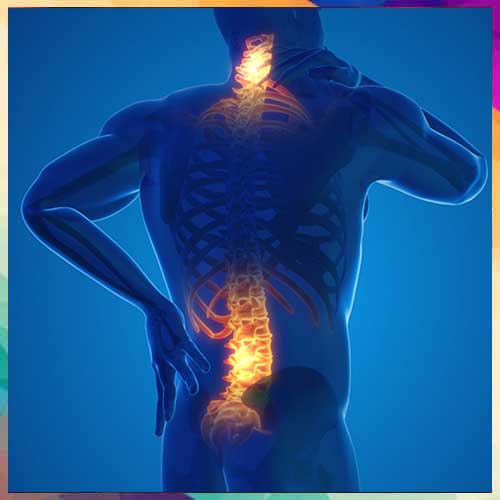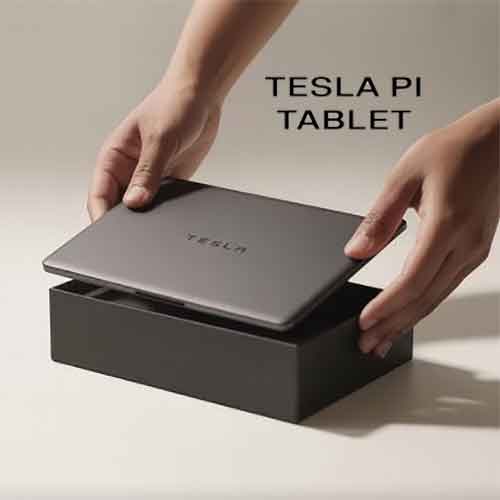
The ultrasound-induced wireless implantable (UIWI) stimulator, designed to flex with body movements and powered remotely by a wearable ultrasound transmitter, uses machine learning to adapt real-time spinal stimulation, providing personalized chronic pain treatment without invasive surgery or batteries
Researchers at the University of Southern California (USC) have introduced a novel ultrasound-based implant designed to manage chronic pain, potentially reducing the widespread dependence on addictive painkillers such as opioids. Published in Nature Electronics, this cutting-edge technology promises a safer, non-pharmacological alternative for millions suffering from chronic pain worldwide.
Chronic pain, a persistent condition impacting quality of life for countless individuals, has traditionally been managed through medications that often lead to addiction. While spinal cord stimulators exist as an alternative, their high cost, invasive surgical requirements, and frequent battery replacements pose significant challenges for patients. Addressing these limitations, USC biomedical engineers have developed a flexible, wireless implant that offers personalized pain relief without the drawbacks of current devices.
The new device, called the ultrasound-induced wireless implantable (UIWI) stimulator, is engineered to be securely attached to the spine while flexing naturally with body movements. It is powered remotely by a wearable ultrasound transmitter, eliminating the need for bulky batteries or invasive surgeries. Its unique design utilizes machine learning algorithms to adapt stimulation in real time, tailoring treatment to individual pain profiles.
Piezoelectric innovation powers pain relief
At the heart of the UIWI stimulator is a miniaturized piezoelectric element made from lead zirconate titanate (PZT), which converts ultrasound energy into electrical signals to stimulate the spinal cord. This piezoelectric effect enables deep tissue stimulation through non-invasive ultrasound waves, delivering targeted pain relief.
Professor Qifa Zhou, lead researcher at USC’s Alfred E. Mann Department of Biomedical Engineering, emphasized the device’s innovative, wireless, and adaptive features. “This technology could revolutionize pain management by replacing both pharmaceuticals and traditional stimulators, addressing key clinical needs,” Zhou stated.
PhD candidate Yushun (Sean) Zeng, a co-author, highlighted the device’s ability to deliver precise, localized stimulation using ultrasound energy. The implant operates in a closed-loop system by continuously monitoring brain activity through electroencephalogram (EEG) signals. Using a neural network-based AI model, it detects and classifies pain into slight, moderate, or extreme categories with nearly 95% accuracy. The system then automatically adjusts ultrasound intensity to provide optimal relief.
Animal trials in rodents demonstrated significant pain reduction and preference for environments where the device was active, validating the implant’s effectiveness in managing chronic neuropathic pain triggered by mechanical and thermal stimuli.
The team’s breakthrough underscores the promise of ultrasonic implantable electronics in transforming chronic pain treatment, offering hope for safer, more personalized pain management solutions in the future.
See What’s Next in Tech With the Fast Forward Newsletter
Tweets From @varindiamag
Nothing to see here - yet
When they Tweet, their Tweets will show up here.




























